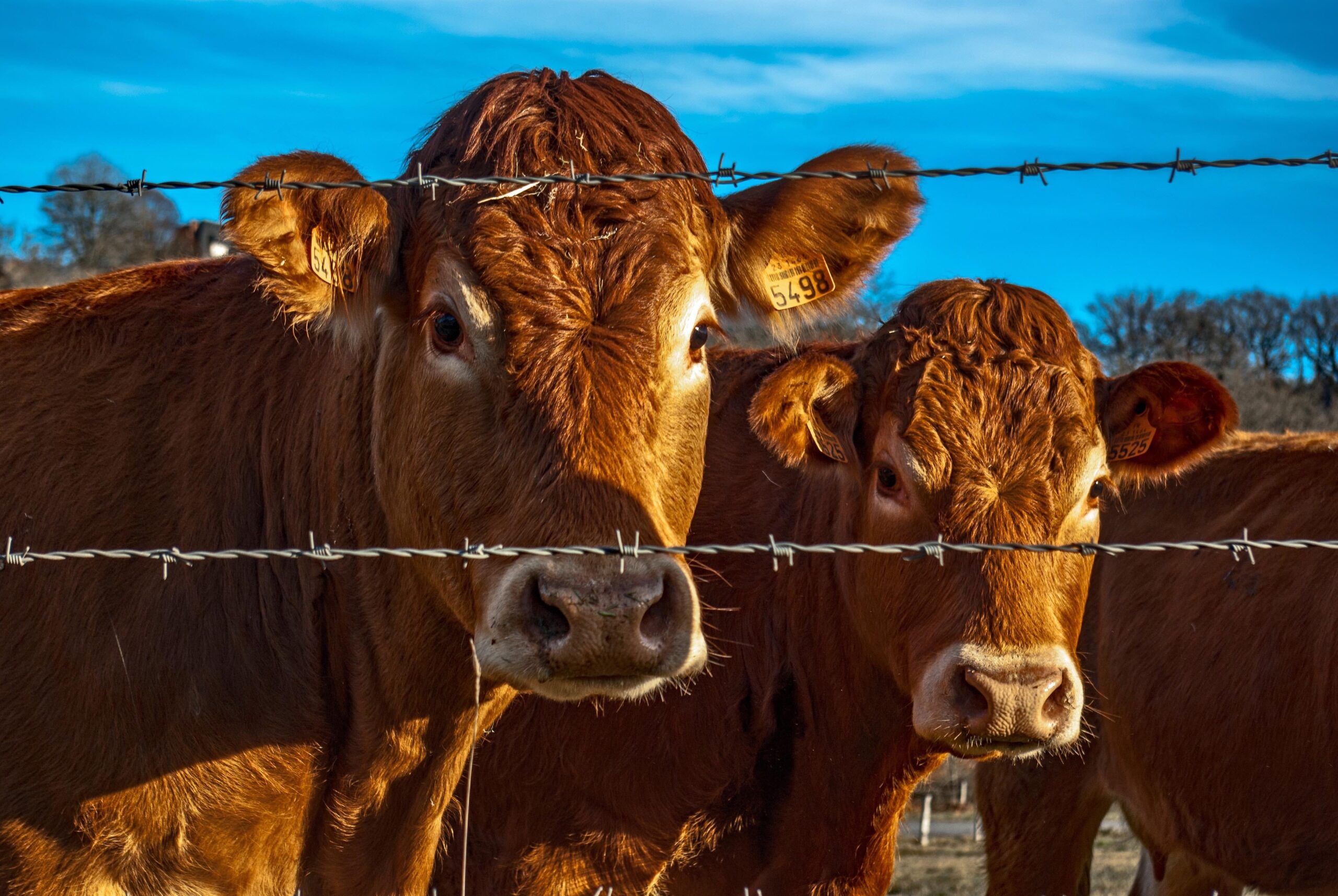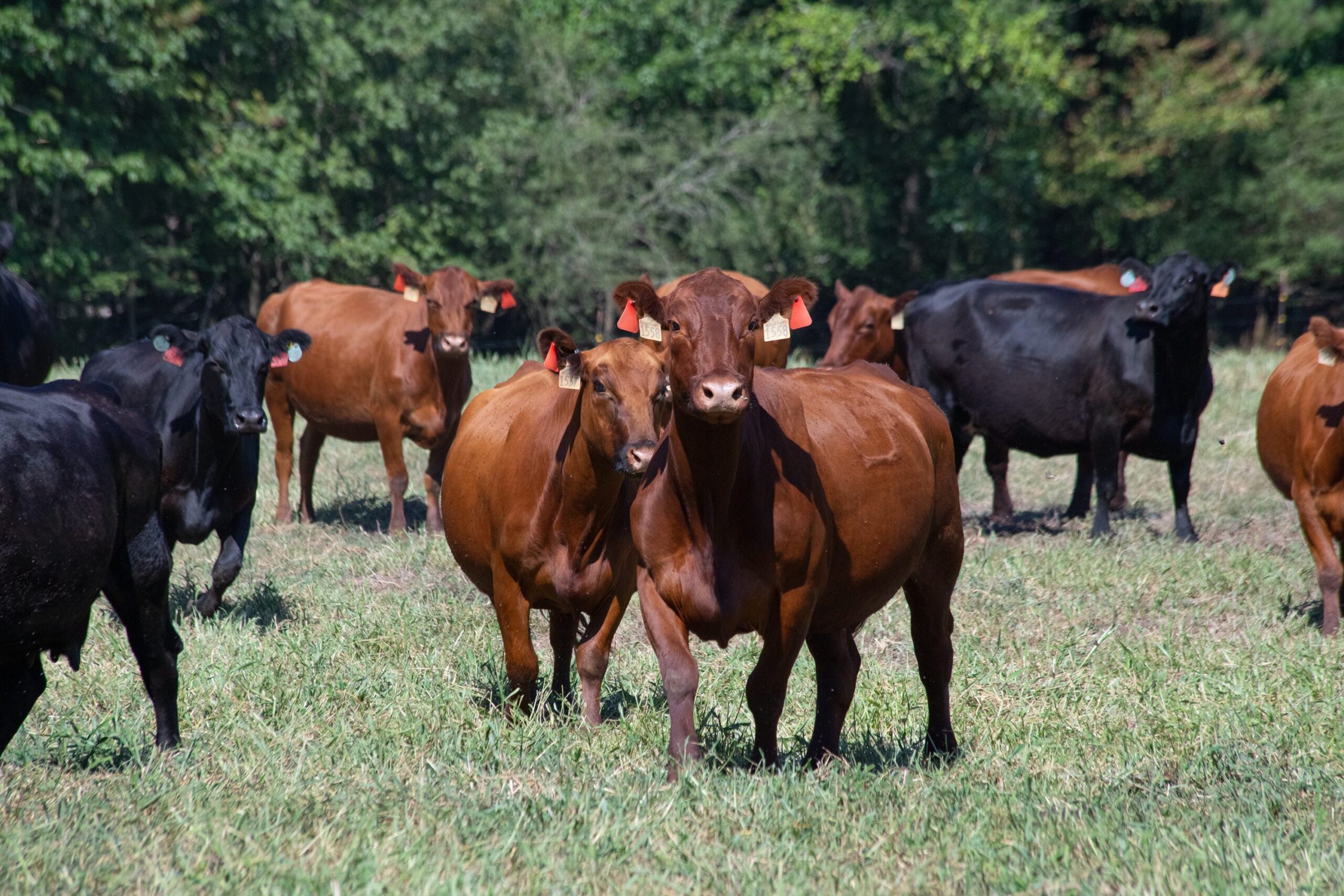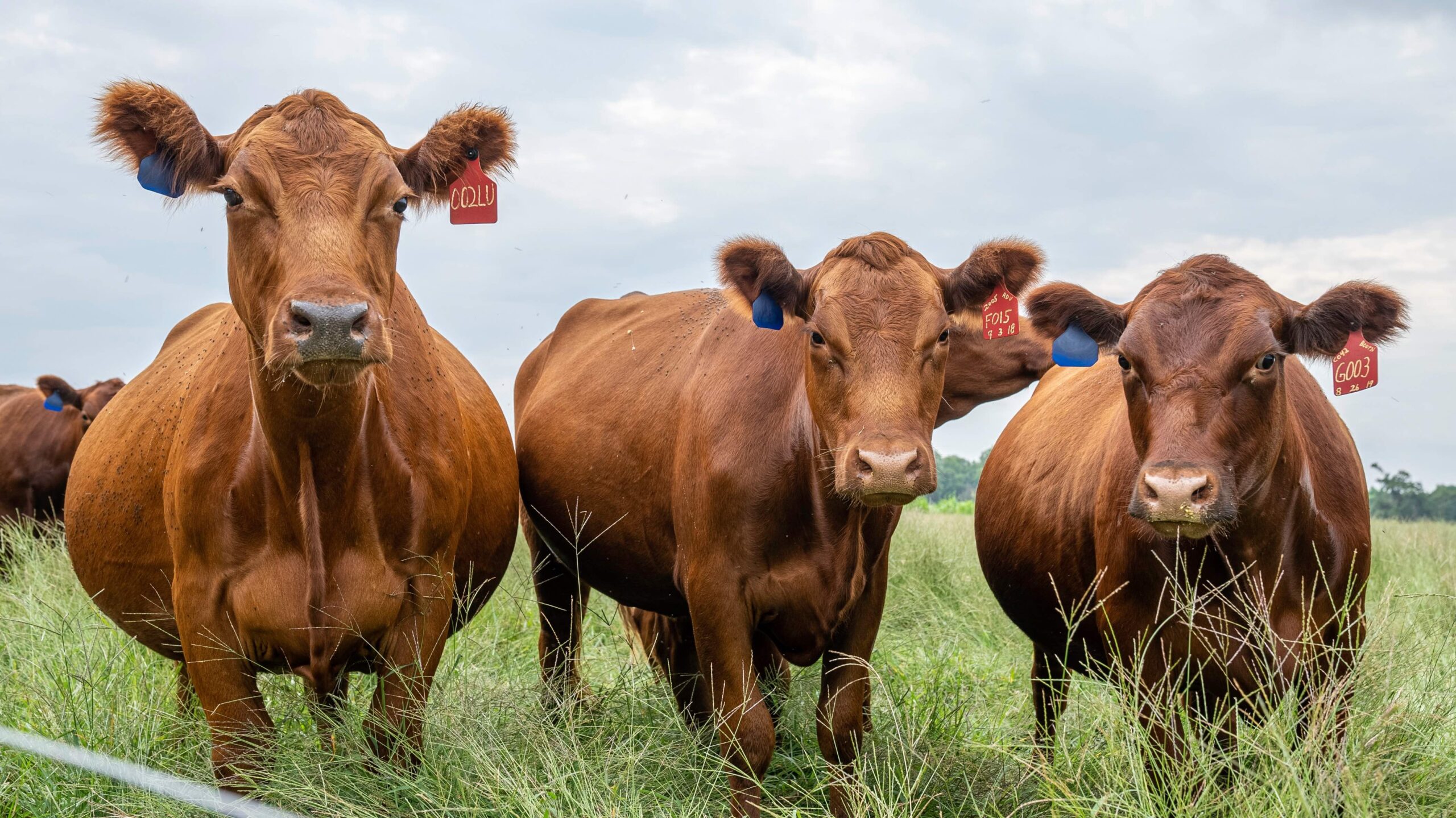Supplemental feeding programs are a staple in beef cattle production systems. Something that is a constant battle is making it more economical. One sector of supplemental feeding is the use of byproduct supplemental feeds to achieve a more sustainable, yet economical way of production. Byproduct feeds are used throughout the southeastern US and include a wide variety of products. Availability of specific products is based on location. In the Southeast, some commonly used supplements include products from the processing of cotton, peanuts, soybeans, corn, ethanol and beer.
We surveyed beef cattle producers across the southeastern states including Alabama, Arkansas, Florida, Georgia, Kentucky, Louisiana, Mississippi, North Carolina, South Carolina, Oklahoma, Tennessee, Texas and Virginia. The survey received 142 responses. Of those responses, 99 indicated use of some type of supplementation for their grazing cattle. Furthermore, 50% of respondents who used supplementation were using byproduct feeds for supplementation while the other 50% were using commodity feeds for supplementation. The results indicated that producers use a variety of different products based on availability, storage facilities and time of year. The most common products used in the southeastern US are whole cottonseed, corn gluten feed, soybean hulls, dried distillers grain, cotton gin byproduct, and peanut hulls (Figure 1).
Cost is often a key difference between byproduct feed supplementation and commodity feed supplementation. Prices vary throughout the year depending on what products are being produced during that time. Current prices can be found on the USDA’s Agricultural Marketing Service’s National Grain and Oilseed Processor Feedstuff Reports. Considering the energy and protein concentration is important. Knowing what your herd needs and finding a product that fits those needs will lead to the best results.
The use of byproduct feeds for cattle is a promising way to promote both sustainability and economic gain in beef cattle production. By understanding the nutritional needs of your herd and the cost differences between products, producers can make decisions to benefit their operations. Our next step in this research is to analyze fertilizer value of feeding byproduct supplements to cattle on pasture.
Figure 1: Survey Results of Byproduct Feed Use by Southeastern Producers

St. Andrew, Lauren. “From Byproduct to Beef: Revolutionizing Cattle Feeding for Sustainability and Savings in the Southeast.” Southern Ag Today 4(24.2). June 11, 2024. Permalink














